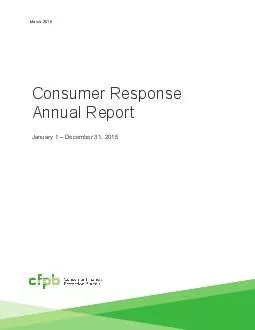PPT-Consumers surplus The doctrine of Consumer's Surplus was originally stated by the French
Author : gelbero | Published Date : 2023-11-04
Arsens Jules Dupuit in 1844 Later Alfred Marshall developed this concept in his famous work Principles of Economics In our daily life we consume many commodities
Presentation Embed Code
Download Presentation
Download Presentation The PPT/PDF document "Consumers surplus The doctrine of Consum..." is the property of its rightful owner. Permission is granted to download and print the materials on this website for personal, non-commercial use only, and to display it on your personal computer provided you do not modify the materials and that you retain all copyright notices contained in the materials. By downloading content from our website, you accept the terms of this agreement.
Consumers surplus The doctrine of Consumer's Surplus was originally stated by the French: Transcript
Download Rules Of Document
"Consumers surplus The doctrine of Consumer's Surplus was originally stated by the French"The content belongs to its owner. You may download and print it for personal use, without modification, and keep all copyright notices. By downloading, you agree to these terms.
Related Documents














